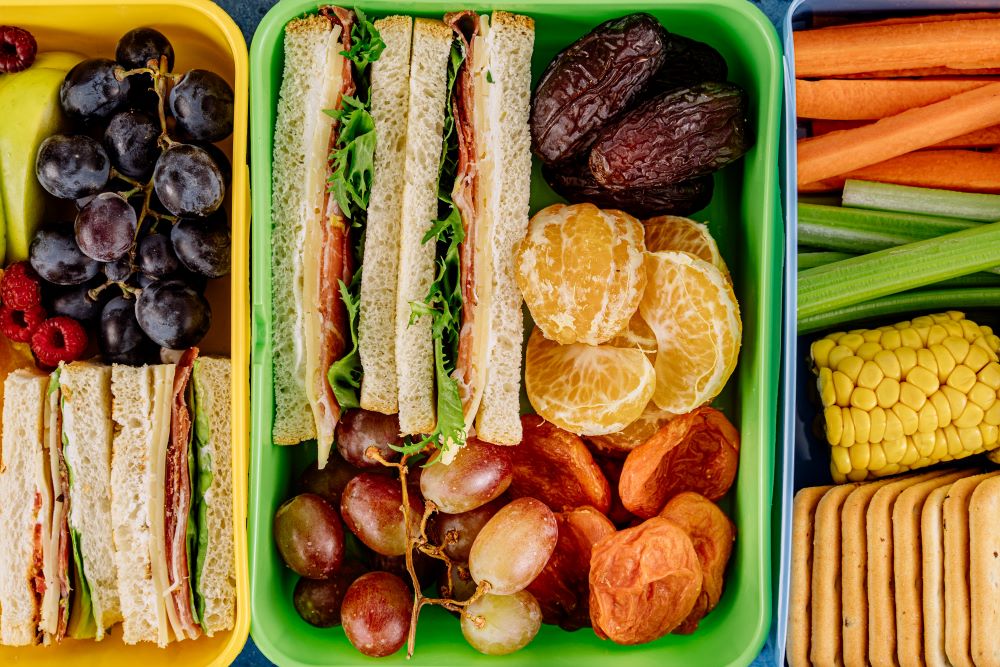Post-pandemic, some families are finding it difficult to provide school lunches to their children.
With food prices skyrocketing under the intense inflation that’s hitting the U.S., nearly 30 million students and their families are suddenly trying to find space in the budget for school lunch again, for the first time since the pandemic and free lunches.
Many were unaware that the universal free lunch program had ended as of the beginning of this year’s school year and many who were reliant on this program no longer qualify for non-pandemic programs. Those families are suddenly trying to provide hot lunches for their school-age kids while trying to cut costs in other areas as much as possible.
As schools try to keep their students fed in this tumultuous period of rising costs, they’re dealing with a new problem: unpaid lunch fees. September, the beginning of the school year for a majority of U.S. students, marked the end of the federally funded pandemic program that made sure all students received free lunch at school.
Many of the school districts believe the federal government didn’t handle the abrupt end of the program well at all. Providing these families with a free lunch option and alleviating financial concerns, then suddenly ending it gave families in need very little time to try to adjust. This is especially true for those who were simultaneously forced to adjust to the other rising costs affecting their tight budgets.

Additionally, the income qualifications to keep families in the free or reduced-price lunch programs that were in place before the pandemic have changed significantly. So much so that the number of students that qualify has dropped in some districts by as much as 9%.
When looking at the situation from the big-picture level, U.S. schools are serving almost 130 million fewer free or reduced-price lunches since fall 2022 than they did the year before the pandemic program. And families are struggling big time to provide food to their children with free lunches.
A sure sign that the families who used this program are struggling with inflation and rapidly rising food costs is the significant rise in meal debt. A recent survey found that among 847 U.S. school districts, there’s more than $19 million in debt simply from unpaid school lunch fees.
Survey results released in January 2023 by the School Nutrition Association showed that 96.3 percent of school districts reported an increase in meal debt and the median amount at that point was $5,164 per district from September to November alone.
With this incredible rise in debt placed on the districts, school officials are pleading with lawmakers to come up with a viable solution. Lawmakers at the state and federal levels are working out potential solutions, mainly because there’s plenty of evidence that students who receive lunch at school eat a significantly healthier diet than those who don’t or can’t afford it. This reduces healthcare costs, especially for federally funded programs like Medicaid.
Five states have already taken a stance and passed laws continuing the universal free lunch programs without federal support. Four additional states have passed an extended universal free lunch program for at least another year while they try and find a more permanent solution. Twenty more states are working on campaigns to get healthy meals to schools, and the USDA and Congress are being regularly petitioned to address the issue.
Sources:
Schools ended universal free lunch. Now meal debt is soaring
Schools, Families feel the pinch after end of federal free meal program
Families Struggle as Pandemic Program Offering Free School Meals Ends


Join the conversation!